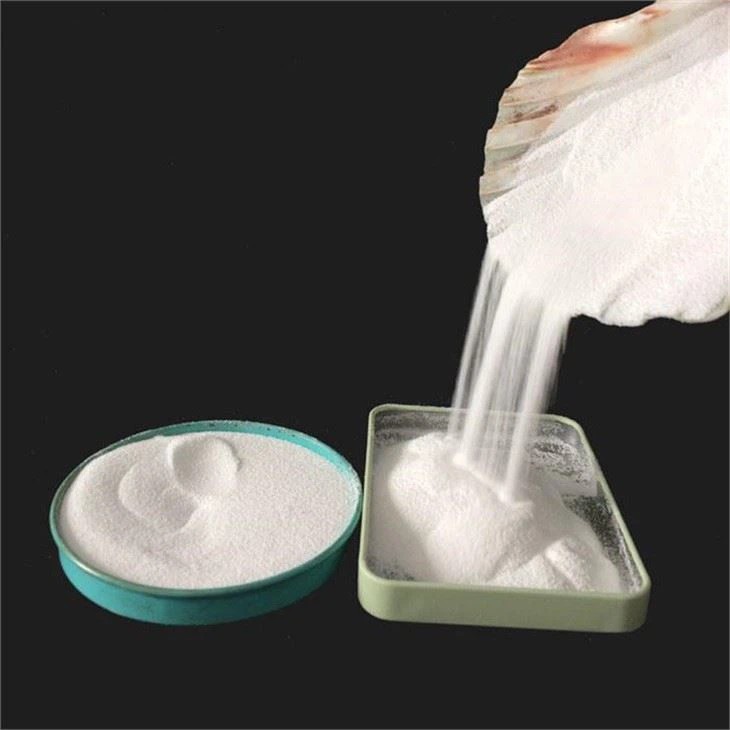THE K VALUE OF PVC RESIN-1

What is K-Value?
K- Value of S-PVC is a measure of its average degree of polymerization (PD), or average value of “n” in [CH2 – CHCl]n or average Mole. Wt.
Tolerance limit of K value of commercially available S-PVC is usually +/-1. (K-50 – K-80)
K-Value determines the viscosity of PVC during processing. Viscosity α [K-value ].n
How K-Value is determined for S-PVC?
1g of S-PVC is dissolved in analytical grade cyclohexanone and its relative or intrinsic viscosity is determined, by ASTM – 1243 or IS – 4669 method.
To avoid use of a complex formula, K-value can be found from the relative or intrinsic viscosity, from ready to refer table.
These methods give only average K-Value, & not its distribution or MWD.
With increase in K- value – resin properties, processing and product properties are differently affected.
Every incoming lot should be checked for K value & recipe should be finetuned. It is not advisable to blend different K value resins.
Effect of increase in K-Value on resin:
More is the chain length,
More is the porosity
Lesser the bulk density
More is the plasticizer absorption
More is the crystallinity
Lesser is the transparency
Slightly higher is the “Tg” (1.35ᵒ C for K-57 & K-67 resin)
Effect of increase in K-Value on processing:
Slower is the fusion,
More is the melt viscosity, resulting in more load & more frictional heat,
Requires higher processing temperature,
More difficult is the processability,
Lower is the die swell & higher melt strength – good for pipes, profiles,
Lower is the gloss
Effect of increase in K-Value on product:
Slightly more tensile and modulus properties [55 – 67 K value]
Better impact properties and also lower Tb
Slightly higher HDT,
Slightly better weatherability,
Increased resistance to creep, deformation, flex fatigue & chemicals.
TO BE CONTINUED...





